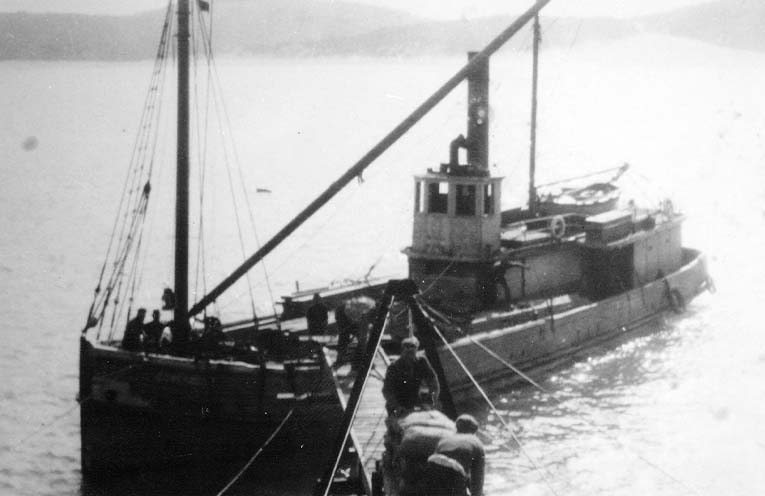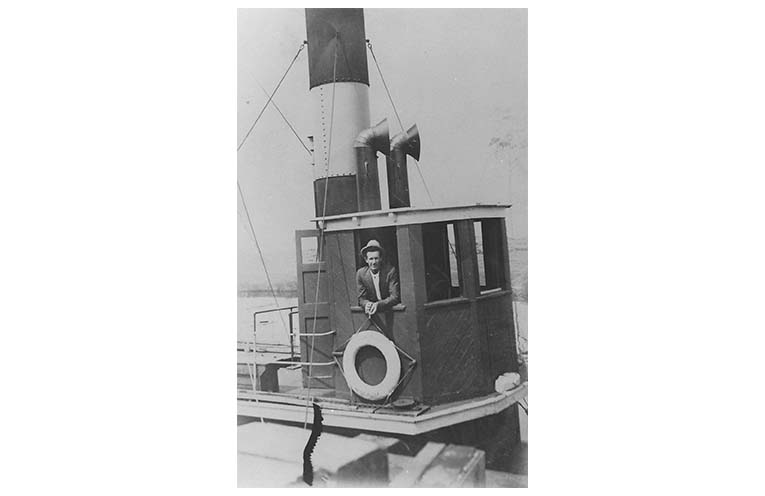
THE ‘Coweambah’, referred to by all who knew her as the Cowie, provided a source of transport and supplies so necessary for the welfare of the lighthouse keepers, and the maintenance and ongoing workings of the Fingal Outer Light.
The Cowie was built by G.A. Engle and sons at Tea Gardens and launched in 1919, from where she commenced a twice weekly service to Newcastle carrying sawn timber, shell grit and passengers before returning with various produce.
The Coweambah was 82 feet and 7 inches long, with a 22 feet and 4 inch beam.
She was known to pass around the Point Stephens lighthouse into south-easterly seas, which larger ships were not prepared to do.
The slowest voyage, when running into a gale, was ten hours from Point Stephens to Newcastle, a distance of twenty sea miles.
The Cowie earned a reputation of being reliable and brave.
As the war situation deteriorated in the Pacific the Cowie was requisitioned in 1943 by the Commonwealth Government.
The courageous craft – “the old tub of the Myall” – served with great distinction in New Guinea with Bill Ripley at the helm.
Sadly, on the way home after completing her war duties she ran aground during a cyclone in 1945 in Trial Bay, South West Rocks and became another shipwreck statistic.
Despite her diminutive size and weather-beaten state the Coweambah had a special place in the heart of all those who had contact with her.
By John ‘Stinker’ CLARKE

